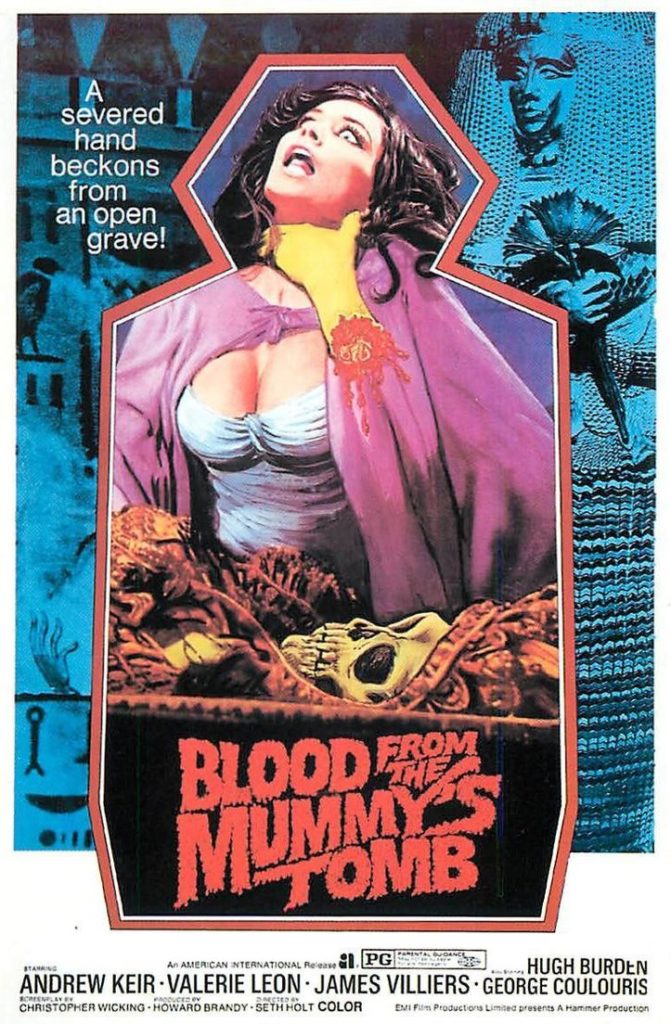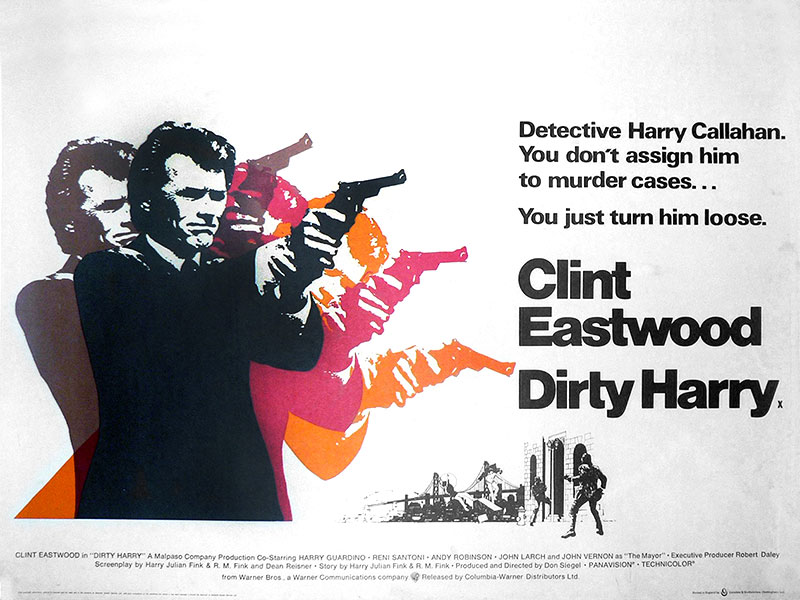Mario Bava was one of the greats of horror cinema. Not just Italian horror, but horror in general. Horror junkies the world over celebrate his more famous films as essential to the genre. Like with all artists, it wasn’t all smooth sailing. By the 1970s critics had begun to fall out of love with Bava, and that shows with the negative reaction to A Bay of Blood upon its release in 1971.
Contemporary critics and fans were hard on A Bay of Blood, as Bava had moved on from atmospheric gothic horror and into exploitation. Funny enough, though, this film proved to be as much an influence on later horror films as any other movie he had made. Viewers with more than a passing knowledge of American slasher flicks will see some of that subgenre’s genesis in A Bay of Blood. As such, it’s a film that garnered a much better reputation before the decade was out. Continue reading “A Bay of Blood, aka Ecologia del delitto, aka Twitch of the Death Nerve, or, The Real Estate Market is Cutthroat”

 Hammer, in a wise decision, jettisoned much of the tropes they had used in their previous Mummy films. For three consecutive productions, they had made basically the same film. British archaeologists discover ancient Egyptian tomb, said tomb has a curse on it, ancient Egyptian mummy resurrects and kills those who dared desecrate the tomb. It really was the same thing again and again. That was all well and good when they did it the first time, but by the last film, The Mummy’s Shroud, the plot was too familiar, and everyone involved seemed to be just going through the paces.
Hammer, in a wise decision, jettisoned much of the tropes they had used in their previous Mummy films. For three consecutive productions, they had made basically the same film. British archaeologists discover ancient Egyptian tomb, said tomb has a curse on it, ancient Egyptian mummy resurrects and kills those who dared desecrate the tomb. It really was the same thing again and again. That was all well and good when they did it the first time, but by the last film, The Mummy’s Shroud, the plot was too familiar, and everyone involved seemed to be just going through the paces. The tough-nosed cop with a disdain for the rules is a staple in film. Always butting heads with desk-bound lieutenants and mayors more concerned with getting reelected than cleaning up the streets, this breed of law enforcement officer has little time for procedure or the niceties of due process. Largely a fabrication of Hollywood, this cop operates in a world where the worse the crime, the more likely the guilty will go free due to the dreaded plot device known as “technicalities.” It’s all the more galling because there is never any doubt to the audience or to the hero that the bad guy is bad. Letting the bad guy go free because his rights were violated is nothing less than a miscarriage of justice, and it’s always left up to the hero cop to right such grievous wrongs. No film comes to mind that explored these ideas more effectively than 1971’s Dirty Harry.
The tough-nosed cop with a disdain for the rules is a staple in film. Always butting heads with desk-bound lieutenants and mayors more concerned with getting reelected than cleaning up the streets, this breed of law enforcement officer has little time for procedure or the niceties of due process. Largely a fabrication of Hollywood, this cop operates in a world where the worse the crime, the more likely the guilty will go free due to the dreaded plot device known as “technicalities.” It’s all the more galling because there is never any doubt to the audience or to the hero that the bad guy is bad. Letting the bad guy go free because his rights were violated is nothing less than a miscarriage of justice, and it’s always left up to the hero cop to right such grievous wrongs. No film comes to mind that explored these ideas more effectively than 1971’s Dirty Harry.